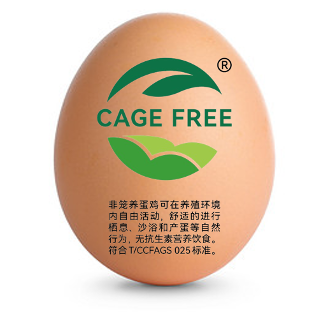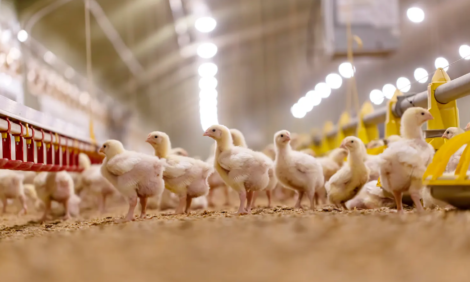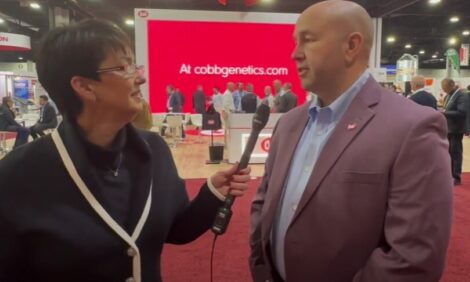



Industry initiative to protect high standard of cage-free eggs in China
Growing demand for cage-free eggs in China has prompted the development of an industry-leading certification scheme to secure supply chain transparencyIn 2021, China’s first group standard on cage-free egg production was published by the China Chain Store & Franchise Association and updated two years later. The group that wrote the standard, led by IQC, FAI and Intertek, is now introducing a certification scheme – and already seeing encouraging results.
In little more than a year, 17 cage-free laying hen farms in China are certified, representing 500,000 birds, with over half of these expanding their cage-free production allowing more laying hens to live in a high welfare cage-free environment.
A world-leading Standard
The publication of the Standard followed an in-depth look at cage-free farms in China to build a solid foundation for establishing a reliable and applicable standard and technical guide. As a result, the Standard covers aspects of production such as laying hens' behavioural needs and nutritional requirements, welfare training for farm staff, the adoption of standardized farm management and basic food safety requirements for egg products.
Involved with writing the standard, FAI CEO Øistein Thorsen said, “The time was right to establish best practice. It’s driving improvements across an industry transforming itself from caged to cage-free farming.”
The ‘cage free’ label was registered in China by IQC allowing it to authorise certified farms to use the label on egg packaging.
With more than 2,000 international retailers, including 150 companies in China, committing to sourcing 100% cage-free eggs by 2025, cage-free egg certification is enabling farms to supply multiple international and domestic brands in cities across China and overseas.
Certification aids transparency
But as the cage-free egg market grows in China, there is concern some producers might sell caged eggs as cage free to meet increased demand or sell cage-free eggs beyond their production capability.
Equally, buyers may position caged eggs as cage-free eggs to fulfil orders and save procurement costs. To protect against both these scenarios, IQC launched a cage-free egg traceability system in early 2024.
The system can control both the production and sales levels of a certified farm. When the system detects sales exceeding the farm’s production capacity, IQC is alerted.
The system produces anti-counterfeit traceability codes to monitor the circulation of cage-free eggs. The codes are printed by IQC and provided to certified producers for use on egg packaging, with the number of codes controlled according to the farm’s production capacity.

Buyers and consumers can scan the code to see detailed certification information of the egg producer.
“This is a big step forward for the development of cage-free eggs in China,” said Dr. Chaunwu Xiong, CEO at IQC. “The certification scheme and supporting traceability helps maintain a trustworthy market and allows buyers and consumers to source reliable cage-free eggs. Awareness among consumers of ‘cage free’ indicating ‘high quality, healthy and safe’ is growing so as demand rises, we hope and expect more and more laying hens in China to experience the higher welfare conditions of cage-free systems.”
To find out more, contact [email protected].
Certified farms introducing higher welfare multi-tier barn systems
Among the newly certified cage-free laying hen farms in China, six are using a multi-tier barn system. The use of multiple tiers within a barn allows laying hens to demonstrate natural behaviours. Hens start the day on perches in the top the barn, working their way down through each tier during daylight hours to eat, drink, lay eggs in the nesting boxes and finally go out to pasture at ground level. An example of this type of high welfare system in the United States, is shown here. This video was produced for training purposes for Chinese egg companies and brands working to expand cage-free production.









